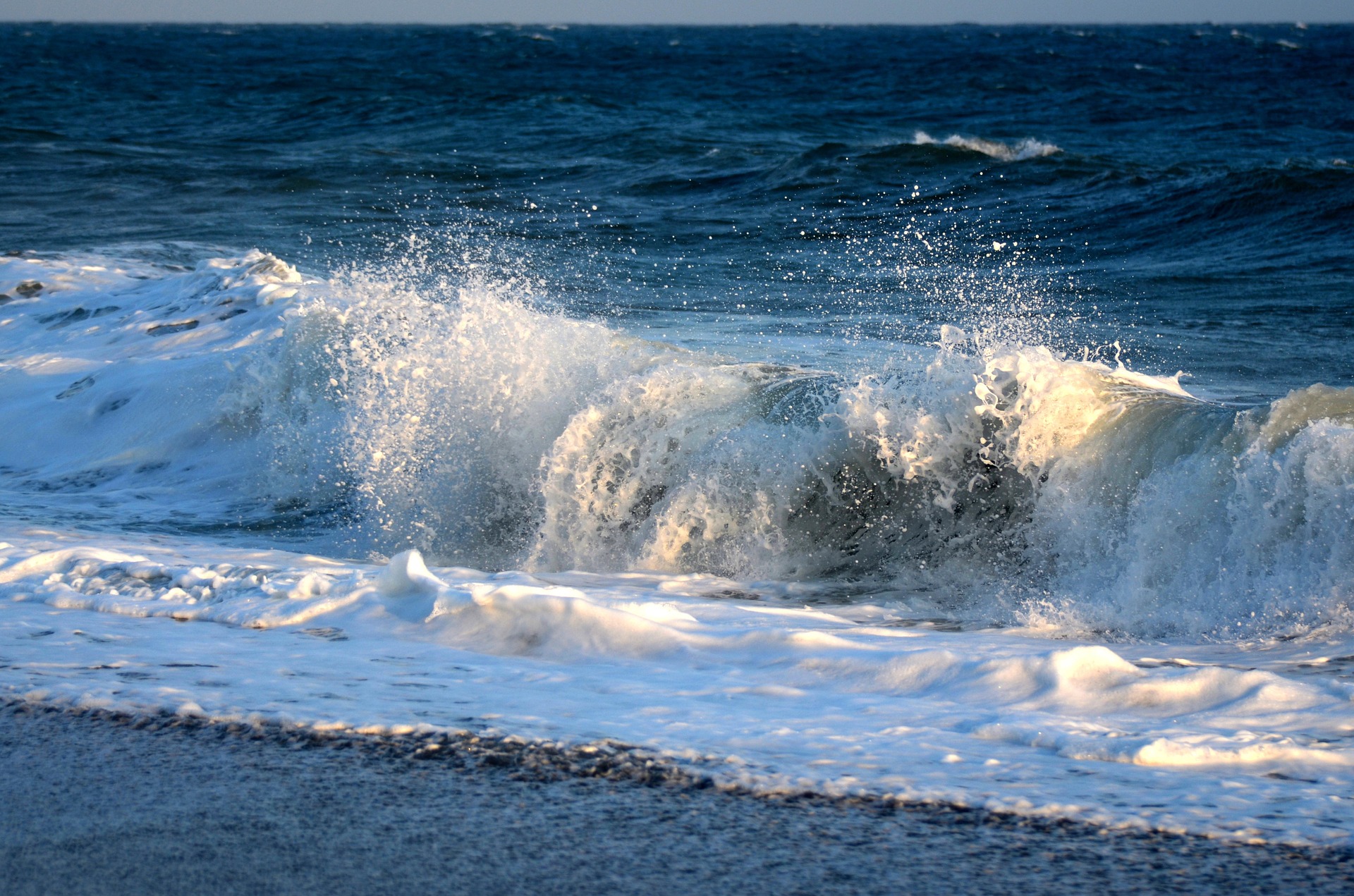A lot of people imagine that the secret sauce of creatives and artists is pure talent. They imagine artists turn on their laptops or set up their canvases, get sucked into their blissful creative zone, and produce amazing pieces of art. But that’s not how it works. The graph above shows the actual process assuming the piece of art takes 24 hours to complete (Depending on the type of art, that’s obviously a non-realistic assumption and I recognize I should have normalized it too but don’t want to edit the graph one more time).
There are two graphs; the blue one assumes you’re inspired at time zero, while the red one assumes you’re not. So maybe you’re just creating because you need to not break the chain or because you’ve disciplined yourself to spew out a specific number of words every day whether you feel like it or not. Basically as you type or paint you get better with time so your Awesomeness Ratio increases, but then something happens and it starts to dip. At that point, your mental chatter – called the Resistance by Steven Pressfield in the War of Art – is working against you. The thing about this mental voice is it’s quite verbose,
“What you just wrote was really stupid?”
“Do you even remember how to write in English anymore?”
“Is this how you mix colors to paint? Are you color-blind?”
It’s annoying and frustrating, but it builds a great case for why you should just stop and throw your work in the bin. That explains the negative Awesomeness Ratio point; it implies your work sucks on an epic scale. It’s the lowest point of the process where you’re contemplating stopping and destroying the entire thing. The trick, however, is to plough through. Your work’s Awesomeness Ratio will then go through a couple of cycles of crests and troughs before you’re done with your piece of work, and here’s the thing; when you’re done with your piece of work, you’re rarely happy with the final product. That’s why a lot of artists don’t ship. That’s why there’s a difference between the two graphs and the green limit they’re aspiring to. That difference is called The Gap.
What’s The Gap?
Ira Glass defines it in this famous quote,
“Nobody tells this to people who are beginners, I wish someone told me. All of us who do creative work, we get into it because we have good taste. But there is this gap. For the first couple years you make stuff, it’s just not that good. It’s trying to be good, it has potential, but it’s not. But your taste, the thing that got you into the game, is still killer. And your taste is why your work disappoints you. A lot of people never get past this phase, they quit. Most people I know who do interesting, creative work went through years of this. We know our work doesn’t have this special thing that we want it to have. We all go through this. And if you are just starting out or you are still in this phase, you gotta know its normal and the most important thing you can do is do a lot of work. Put yourself on a deadline so that every week you will finish one story. It is only by going through a volume of work that you will close that gap, and your work will be as good as your ambitions.”
To summarize, accepting the following makes it easier to keep on creating art;
- Crests and troughs are natural parts of the creative process.
- One of the troughs might frustrate you so much you’d be tempted to quit. The secret is to simply plough through.
- There’s usually a gap between what you produce and what you wish you had produced.
Until you can close the gap, keep producing awesome stuff, even if the Awesomeness Ratio is just 0.7.
Featured image via pixabay.com

